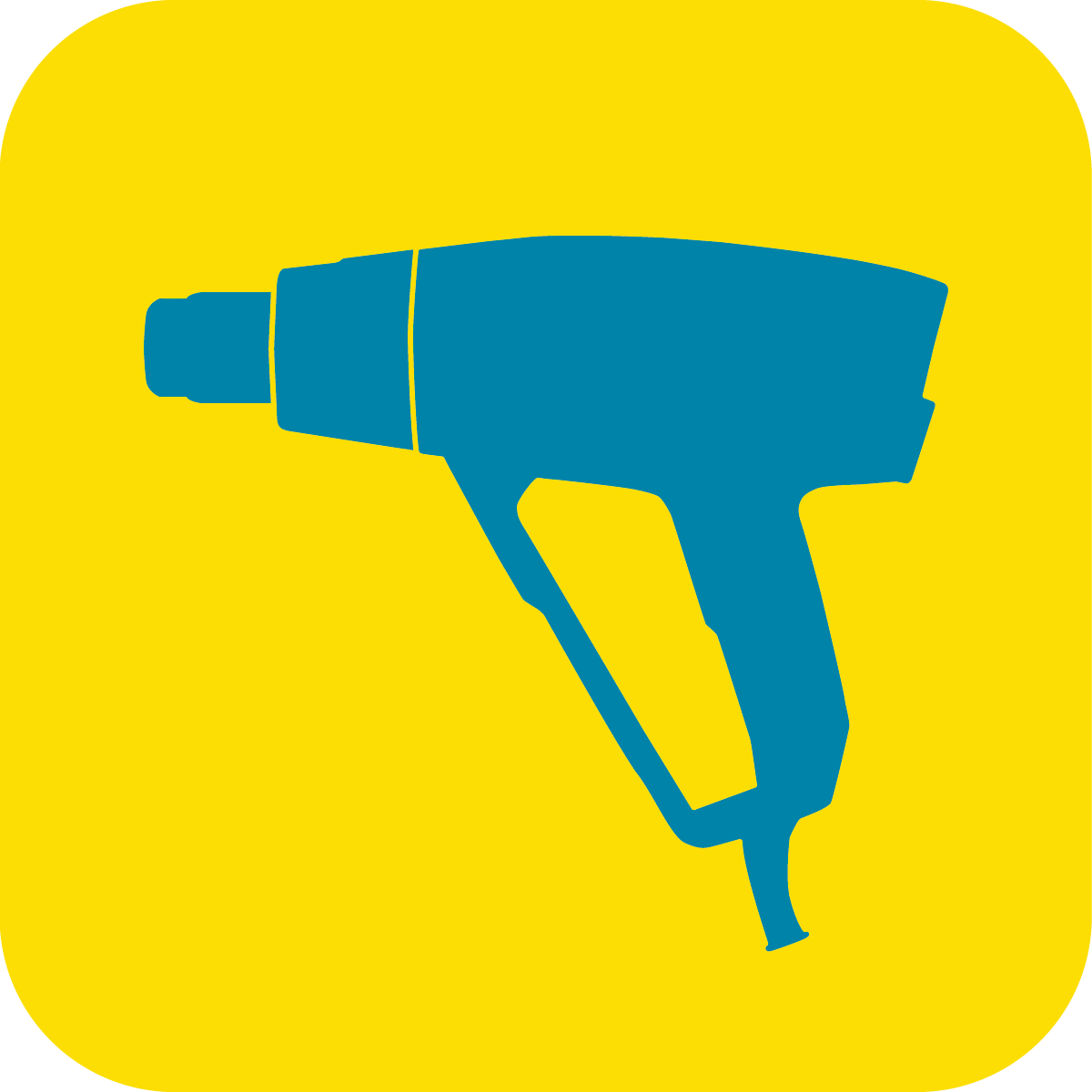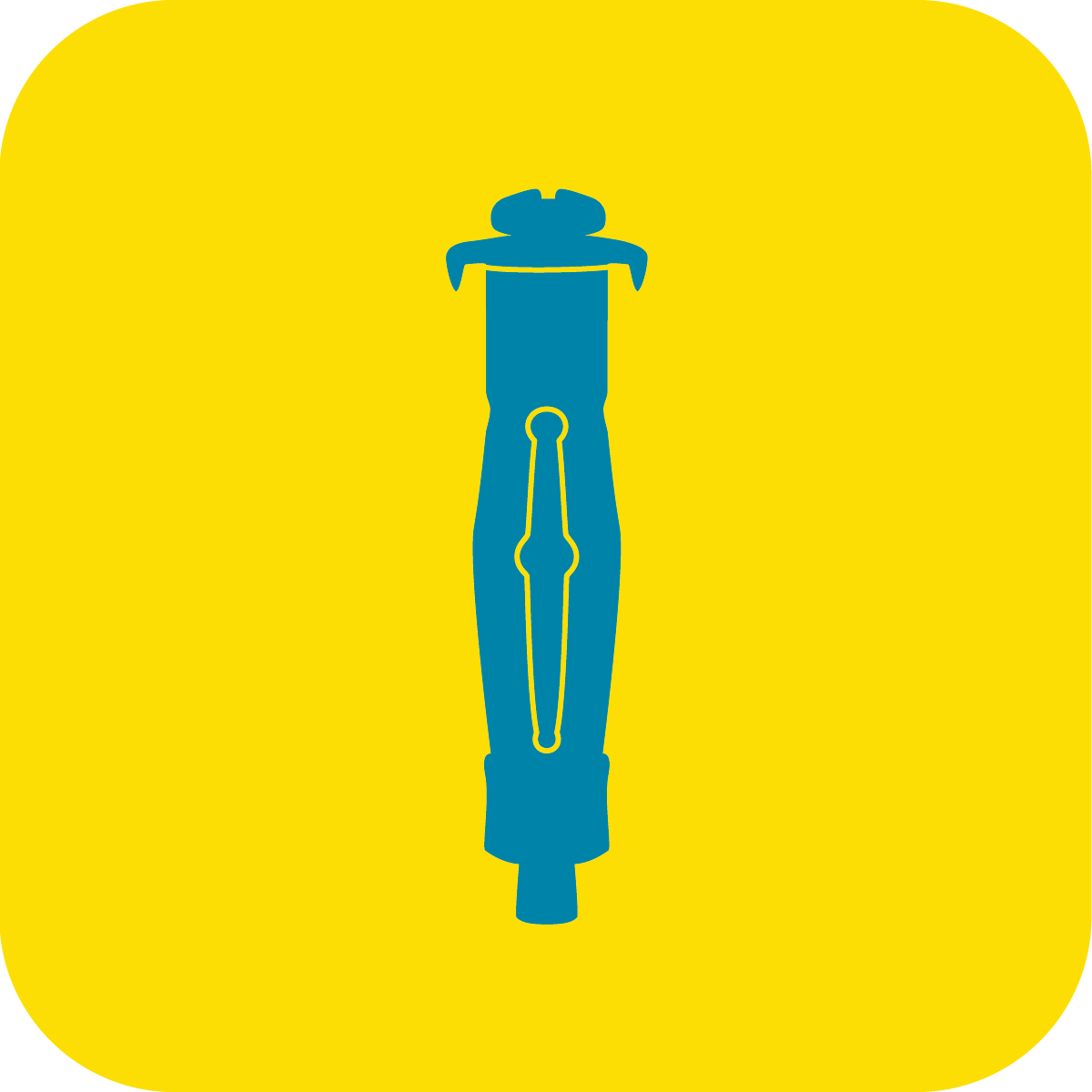Removing paint with a hot air gun
When you want to remove old paint from furniture, doors, and fences for example, a hot air gun is useful. The heat softens or melts the paint, which makes it much easier to scrape away. The method works on most types of paint and varnish, as well as on different types of underlying surfaces, from wood and metal to stone, brick, and concrete. You can read more here about how to choose the right hot air gun for your project, and get tips that make the work safer and easier.
Choosing the right hot air gun when you remove paint
Most hot air guns provide a sufficiently high temperature to be used for paint removal. What you need to consider is whether the hot air gun provides the right air flow for your project. Hot air guns with a low air flow work well when you work on smaller areas and close to sensitive elements, such as glazing. But for large areas and major projects, we recommend a hot air gun with a high air flow, so that you can work as efficiently as possible. It’s also an advantage if the hot air gun has an adjustable temperature, so that you can easily adjust the temperature to different types of paint and undersurface.
How to set the right temperature
The correct temperature depends on the paint and the undersurface you are going to work with. Start by warming up the hot air gun to the lowest possible temperature, and test it on a corner of the work surface. You know that you’ve found a good temperature when the paint quickly becomes soft and bubbly. But remember not to apply more heat than necessary, otherwise there’s a risk that the paint or undersurface will start to burn.
Read more about temperature settings for different projects:
Temperature settings for hot air guns
Important things to consider when you remove paint with a hot air gun
Be careful with old paint
Old paint may contain lead. When lead paint is scraped or heated, particles are formed that are harmful to inhale. If you are unsure how old the paint is, you should not remove it on your own. Instead, turn to a professional decorator or paint shop for help and advice.
Pay attention to the ventilation
Work outside if you can. If you are indoors, it’s important that the room has good ventilation.
Minimising fire risk
Always have a fire-resistant surface on which you can put the hot air gun when it’s hot. Make sure that there are no flammable liquids or chemicals nearby, and always put a fire-resistant drop cloth on the floor or ground under the work surface.
Use protective equipment
Hot air guns generate very high temperatures. It’s therefore important to wear protective gloves and protective clothing that reduce the risk of burns. You should also use safety goggles to avoid getting embers of paint in your eyes, as well as breathing protection to avoid inhaling harmful vapours or particles.
Prepare one small area at a time
Hold the hot air gun about 3 centimetres from the surface to be scraped. Move it back and forth until the paint softens and becomes bubbly - now it’s time to scrape away the paint with a paint scraper or putty knife. Prepare one small area at a time. The heated paint quickly solidifies again, making it harder to scrape away.
Keep the hot air gun moving
Remember to never point the hot air gun towards a single point for more than a few seconds. Otherwise, the paint can start to burn, and the underlying surface can be damaged.








